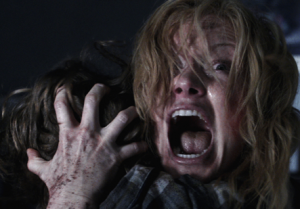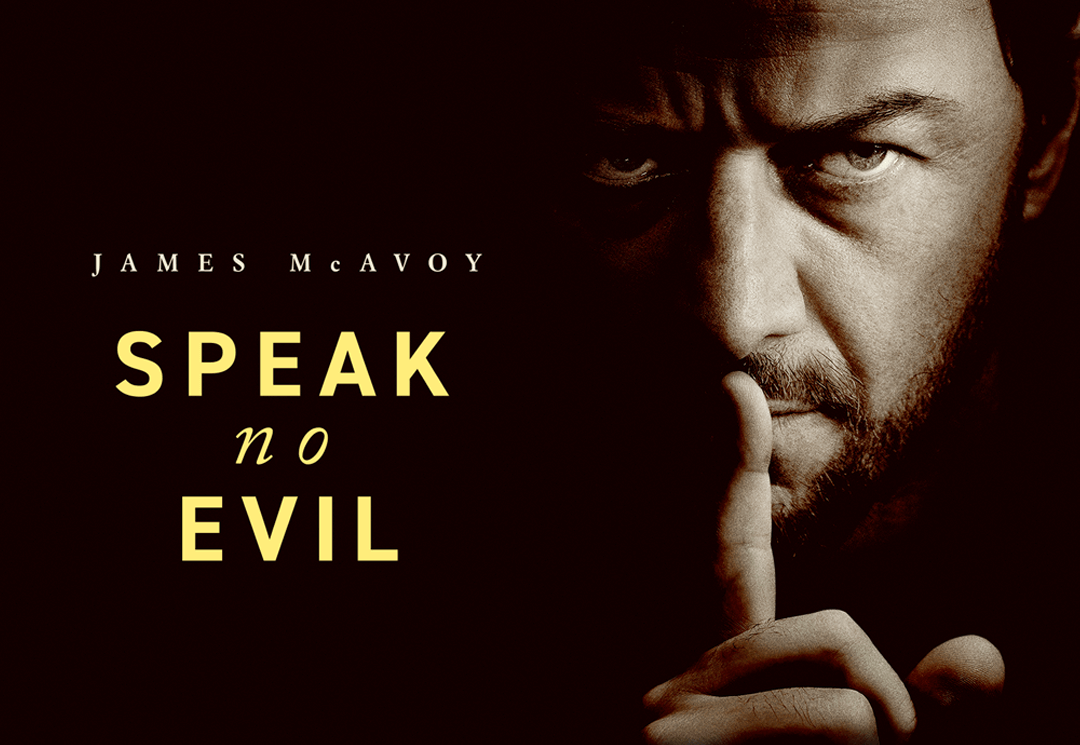2014 was a good year for eccentric horror, from mockumentaries and aliens in film to new chapters in television with freak shows and humans’ perverse uses of technology. Thus, the appearance of “The Babadook” debuting from Australian writer and director Jennifer Kent should not have surprised us, but it did. Its premise allowed it to quietly sneak into independent theaters in the United States, but its impressive choices in acting and directing ensured it loudly became a critic favorite as it uniquely took on horror and explored realistic and very human problems in a monstrous way.

One night Amelia (played by Essie Davis), a widowed mother, attempts to read a children’s book, “The Babadook,” to her unruly son, Samuel (Noah Wiseman), only to discover horrific content within the pages. Despite Amelia not purchasing the item and its arrival in her son’s room kept mysterious, it was waiting on Samuel’s bookshelf with other stories. This ominous tale of the titular monster she reads aloud evokes a great fear in an already terrified child. Samuel’s belief that a monster is trying to kill him and his mother gets reaffirmed with the addition of this new book into their lives and Amelia must comfort and reassure him that it is merely fiction, and not predictions of what will befall them, while battling doubt about its entirely fictitious nature herself. When that is coupled with the overwhelming discipline and dependency problems of her son, as well as the stress of being an overworked single parent she experiences, “The Babadook” becomes more than a tale of a child being afraid of a bedtime story and transforms into a tale of a mother’s fight with terror in her own home.
A crucial moment in the life of this family unit occurred before the film’s direct timeline: a traumatic car accident that claimed the life of Amelia’s husband, further explained in the film, which left her alone with her son and not a moment’s rest. As a result, the film captures the viewer’s sympathy with its presentation of a very realistic and relatable personal story of a broken family. Amelia could be any woman you know, and Samuel any young boy, who recently lost a loved one or went through another facet of trauma or grief. This directly makes the film more accessible to viewers, especially in its unapologetic exploration of the character flaws each family member possesses. We see Amelia with dwindling patience, and Samuel as a “brat” of a child, but we still empathize with them for the duration of the film, because we see that they are real and not one-dimensional, but humans with annoying habits and pet peeves, just like we are.
Additionally, the film forces the spectator to question whether certain events occur because of the actual monster, who becomes an omnipresent supernatural and psychological presence of terror in their home, or because of the mother’s own relatable troubles. Young Samuel ardently attempts to save his mother from The Babadook and vows to never leave her, despite her increasingly short-fused responses to his frustrating behavior. While he clings to her in his fear, she attempts to move away from him in his suffocating dependence on her. This family dynamic showcases the film’s exploration of the less glamorous sides of parenthood, the unconditional love of a child, and the different responses to trauma human beings experience.

“The Babadook” is a refreshing take on the typical movie concerning a monstrous creature invading a home and terrorizing the family inside, because of the underlying suggestion revealed in the beginning of the film: the monster was “invited” in. The Babadook becomes powerful with every word spoken of it, and thought of it, and when it is awakened from what seems to be a slumber in a previously unread children’s book, it is difficult to escape. As is said in the text of the book in the film, “If it’s in a book, or in a look, you can’t get rid of The Babadook.” This power the creature holds through words brings back to life superstitious legends about the power of speech, in that if you say something, you make it so.
Furthermore, not only does the film take its scares from legends of old, rather than jump cuts, but it also has a Stephen King and old horror tone to it. The horror elements in Kent’s work highlight the very human and very horrific elements of life in general, that can stem from fear, anger, depression, etc. While exploring the subtler aspects of horror, however, “The Babadook” does not force its themes down the throats of the audience. Instead, it allows for the gentle imbibing of multiple interpretations that ensures viewers might want to re-watch the film looking for different themes.
I will re-watch this, which is something I hardly ever say for movies, unless they inspire me to be awed and have few things that distracted me from enjoying it, but “The Babadook” is an exception that I rate 4 out of 5 Spinnakers. Kent’s script was thoroughly impressive, augmented by a stellar performance by Essie Davis and an inspiring take on a troubled child by Noah Wiseman, with bold directorial directions by Kent as well. The ending will leave some confused, some disappointed and wanting more, but I was pleased with the conclusion (though that might change with more viewings). I would have preferred the source of the book’s arrival at their home being possibly explored more as well, and am interested in fan soundtracks for the film because music was lacking in places it could have shined, but overall, this was a great film to end the year and is now one of my favorite horror films of all time.
For more information or news tips, contact DeBowrah Stevens; if you see an error in this story or have any compliments or concerns, contact features@unfspinnaker.com.












